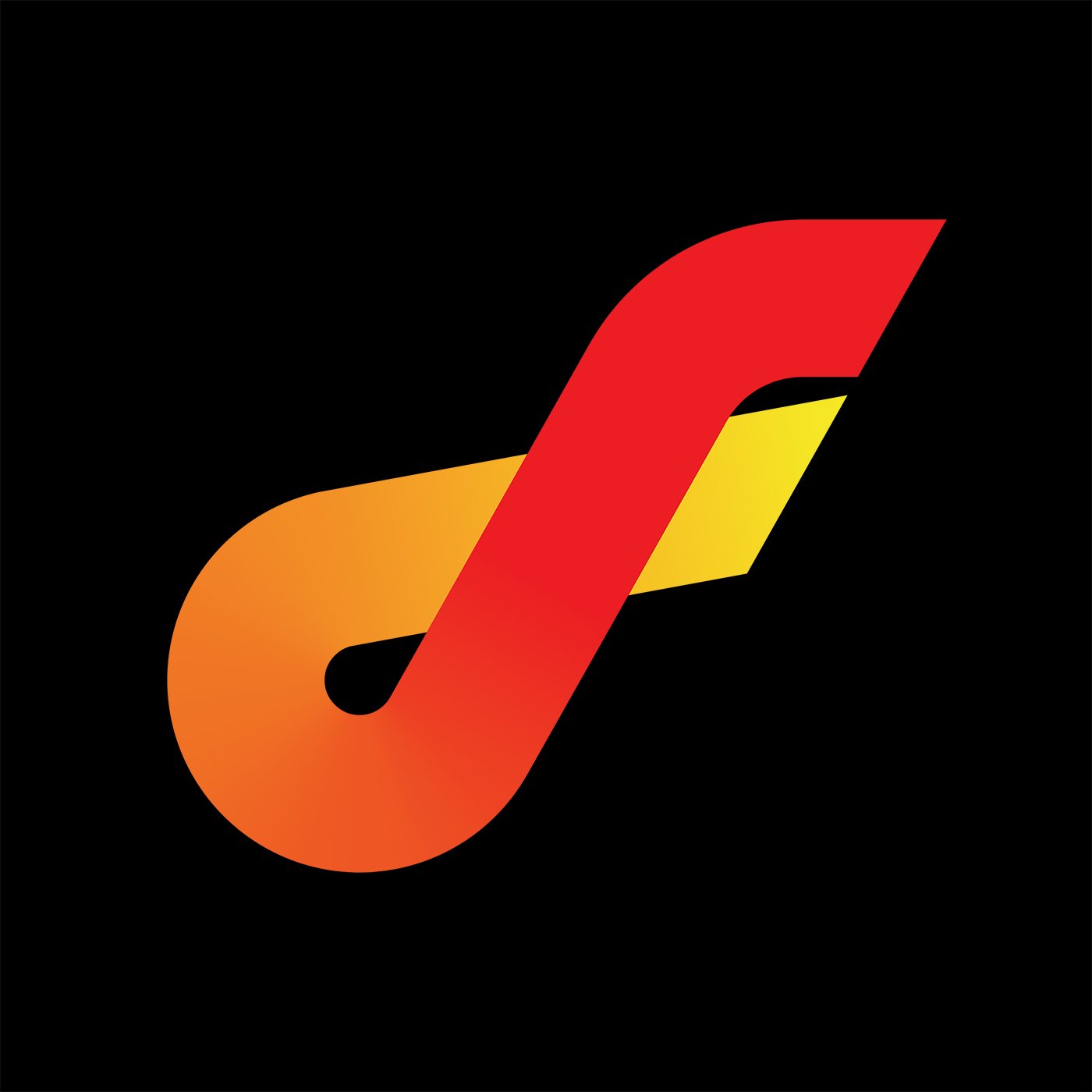The Original GoPro
Like everyone, I enjoy seeing all the ways POV video cameras like GoPros are being used with motorcycles these days, but it wasn't always so easy. Back when I was filming motorcycles in the 1970s, we had to build our own helmet cameras.
The first time we did one was an open-face helmet in 1975, when I was doing a show called “The All American Race” about dirt track racing. The helmet had a four-pound film camera on one side and a four-pound lead weight on the other for balance, which is a lot of momentum on your head when you’re going over 100 mph. There had been helmet cameras for skiers before that—I think Warren Miller had one when he was doing his ski movies—but the needs were different for motorcycle racing.
I learned from my first camera helmet that we really needed it to be comfortable and safe, so a year later we made the first full-face version, which had detachable side pods carrying the camera and weight. We measured what force it would take to shear the screws that held on the side pods, so that on impact they would detach and not be driven into the helmet injuring the rider. You’d lose the camera, but the rider would be safe and the helmet would retain its integrity. I think that was the best thing to happen to helmet photography.
Yvon Duhamel models one of Peter Starr's early film-camera helmets. (Courtesy of Peter Starr)
Barry Sheene and Steve Baker were the first ones to wear it, when we filmed the 1976 Race of the Year at Mallory Park—footage that would ultimately appear in Take it to the Limit. The original camera would only carry 50 feet or 90 seconds of film, 16mm cartridges for old gun cameras from World War II or the Korean War. That sometimes wasn’t enough, so we had to build one that would carry 100 feet of 16mm film, which would last three minutes. Over time, I built several other helmets in different sizes that we’d bring with us to the races—because you never knew who was going to ride for you—or to carry different types of cameras. When Roberto Pietri (father of Robertino) rode for us at Daytona in about 1982, he rode with both the open-face and full-face helmets. At the twisty tracks like Loudon he preferred the open-face helmet but for high-speed tracks such as Daytona, the safety of the full-face helmet was more comforting.
To be quite honest, they don’t come any better than the riders we were using. In road racing it was Sheene, Baker, Pietri, Yvon Duhamel and Kenny Roberts; in dirt track it was Corky Keener, Gary Scott, Rex Beauchamp and Mert Lawwill; and in motocross it was Roger De Coster, Marty Smith, Bob Hannah, David Bailey, Jeff Ward and Darryl Schultz. (The helmet camera was a little heavy for some of the motocross guys, so we also built a backpack with a shoulder mount so the camera looked over the shoulder.) We never had a single problem with the helmet cameras, and I think that’s mainly because of the quality of riders we were using. They were good, so we had to be too. The idea of failure was simply not in the cards.
Those guys would do everything they could to help you, which is amazing when you think about it. Back when we started making films about motorcycling in the ’70s, no one else was doing it, so maybe that’s why the riders were only too willing to help. They loved the idea that someone was making a film, and that we were the first to do “barter” syndication of motorcycle shows on television. They liked being a part of it.
Anyway, we continued using those camera helmets until video came out, at which point people said, “Oh, that weighs a lot less and is a lot less intimidating to wear and to look at.” Video cameras became the thing, and there were no more film helmet cameras.
I have no idea what it would be like to do a Take it to the Limit film today. The technology would obviously make the POV filming easier, but I wonder if it would be as easy to work with the riders.
Peter’s book on the making of Take it to the Limit, as well as DVDs of the movie itself, are available for sale at http://www.motodvd.com. Have a Moto Story you want help telling for free? Email chris@jonnummedia.com.
